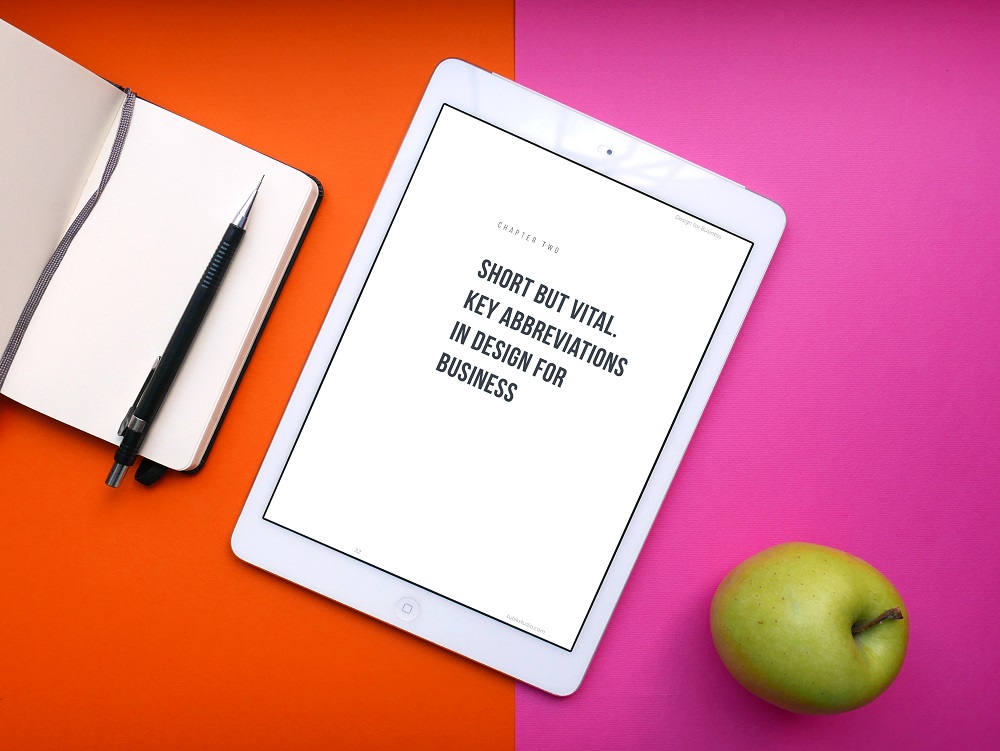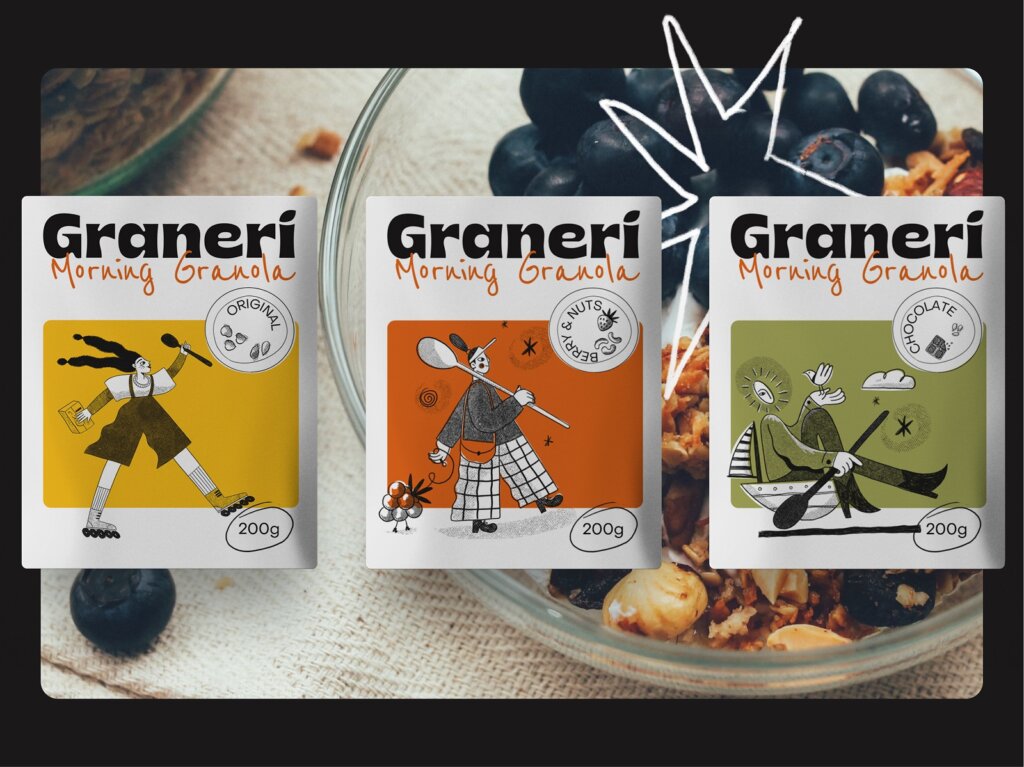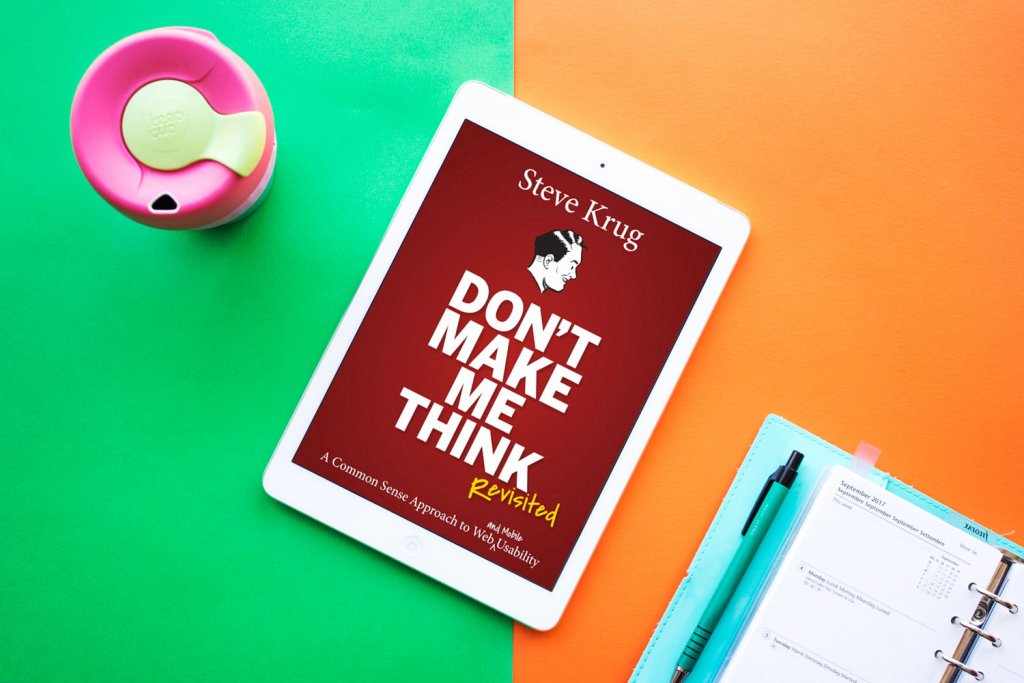In our user-centered world, people’s requirements are extremely high and companies have no other option than to try to give only the best products to them. But how can the companies define if their product responds to the requirements of its target audience and make sure it’ll be successful? Who’s responsible for this key part of the workflow? The answer is a product manager.
Even though product management is a core part of the workflow in many companies, the meaning behind this position can get people confused. First of all, it may be difficult to understand the essence of the “product” part. We are used to seeing “products” as something that is sold to people, so product managers may be confused with a merchandiser, sales manager, or another person responsible for purchases. Moreover, it may be mistaken for a job of a project manager because sometimes they do have similar responsibilities. Today, in our article, we’ll clear up the essence of a product manager and their role in the workflow of web and mobile development and design companies.

Who’s a product manager?
Typically, a product manager is a person who is in charge of the general success of the product. A product manager makes sure that all aspects including business model, positioning, branding, and marketing of the product come together and, what’s more importantly, they ensure it meets users’ needs. Their primary concern is the target audience of the product, the business needs, and the measurement of future success.
However, the role of product management varies depending on the size and type of a company. For the web and mobile companies, a product manager is the one who builds an extensive network of relationships between customers and all the parts of the team including development, design, and marketing departments to identify the goals, roadmaps, and requirements for the product. Their responsibilities include setting the strategy, communicating with customers, and defining the set of basic features. The main objective of a product manager is to create a product that users will love.
Product manager vs Project manager
It is sometimes thought that these two jobs are identical: they can be mistaken because people don’t see the differences between a product and a project. Let’s figure it out. A product is what a company provides to the users and it doesn’t matter if it’s a tangible thing or a service that they provide such as design. And, speaking of a project we usually mean a plan that includes work stages, expected outcome, responsible parties, fixed terms, and budget. The project is accomplished when the outcome is provided, while the product keeps existing (hopefully) far long after the project is complete. In many cases, a product is a result obtained from a particular project.

According to this, we can say that the prior objective of a project manager is managing the team of specialists to complete all the stages of the project on time and under budget, while a product manager aims at managing and creating the competitive product that will work after the project is complete.
You can find more detailed information about the job of the project manager in our article Project Management. Design Process Backstage.
Why do IT companies need a product manager?
Today the importance of product management is higher than it’s been ever before because of the focus on creating user-centered products. Nevertheless, many companies doubt whether they need to hire a product manager or it would be enough to have a project manager who will lead the team. For a better understanding of the key role of a product manager in a workflow, we suggest looking closer at the tasks and responsibilities that a product manager usually takes on.
User/market research and analysis
In one of our previous articles, we’ve already discussed the role of user and market research in the process of mobile application development. User research means getting deeper into details of the core target audience to understand their preferences and psychological peculiarities, the influence of different factors like colors and creative performance ways which could engage users and make them active. Marketing research means exploring the market segment, primarily from the perspective of creative solutions used by competitors. The success of the final result depends on how these stages were worked out, so it may be useful and beneficial if they are accomplished by the professional product manager.

Product strategy
Product strategy is a plan that organizations follow to achieve desired outcomes. It helps to structure the goals and the ways to achieve them. The product strategy usually consists of a set of chosen activities and milestones to be complete which are typically illustrated as a phased timeline that starts with the current stage and goes to the specific point in the future. The aim of a product manager is to create a solid product strategy that will help organize activities, establish the connection between the product and the company strategy, and clearly identify the steps that should be taken to achieve the business goals.
Features for MVP
Just to remind you, MVP is a product with the set of minimal functions and features which are logically completed and sustainable providing the most important and basic functions for the core target audience. This means that the basic version of the product, able to fulfill key operations solving the target audience’s problems, is created as live and starts real functioning as soon as possible.
The product manager’s responsibilities include setting priorities in all the processes of creating a product. Based on the research results, they need to choose only necessary features that respond to the actual needs of the core target audience at the moment.

Communication with clients
At the early stages, product managers build communication with the clients in order to identify their goals for the future business. When the product is being created, product managers usually write short reports daily which may be filled with graphs, charts, or updated suggestions. In this way, you can build trustworthy relationships with your clients and create a competitive product. Certainly, in some companies, these are the responsibilities of project managers. Nevertheless, a product manager knows more about the specific features of the product, that’s why it may be more effective if the reports on the product development (not a project’s progress) are made by product managers.
Presentation
The research and analysis process isn’t over after a product has been developed. Product managers keep searching for new ideas and updates on the target market. That’s why regular meetings and presentations about the findings may be quite useful for a successful outcome.

We should note that in many digital agencies, UI/UX designers carry out user and market research by themselves to get a deeper understanding of what they need to do. Nevertheless, global product strategy planning can be hardly related to the field of designers’ specializations. Marketing, business strategies, economics, and communications are the forte of a product manager who may know little about design but be able to maintain the product presentation and promotion effectively.
As you can see, product management can make the connection of the product to the clients and users tight and efficient from the earliest stages of its creation. However, in any case, the decision of involving a product manager in the process is highly individual. It depends on numerous factors, including the budget, the complexity of the product, and the goals behind it.
Recommended reading
Here are some more articles we could recommend for those who would like to get deeper into the topic:
Behind Every Great Product. The Role of the Product Manager
Why Companies Need Full-Time Product Managers (And What They Do All Day)
Transitioning from User Experience to Product Management
The User Experience Guide Book For Product Managers
FAQ: Does a Small Business Need a Website?
Design Workstyle: Freelance vs Teamwork






